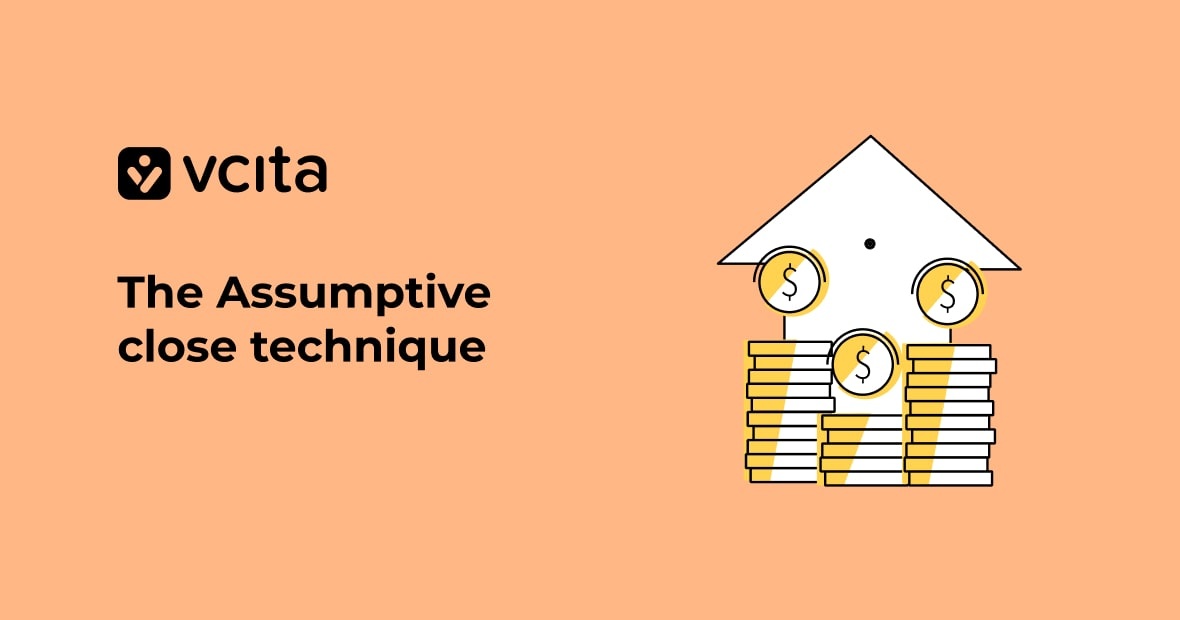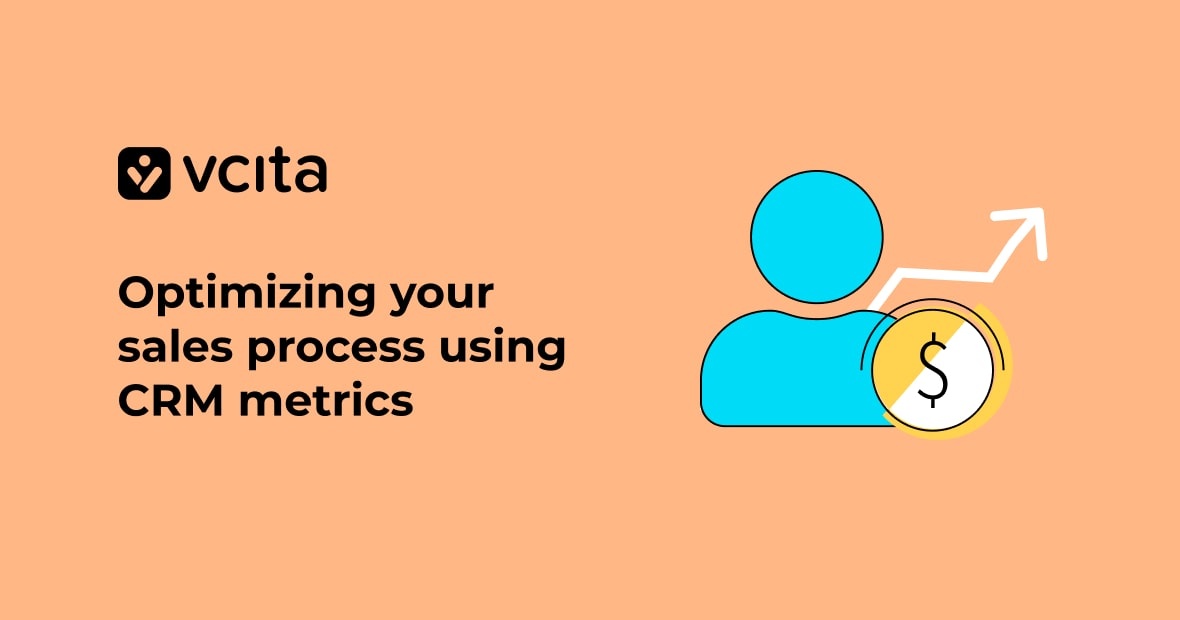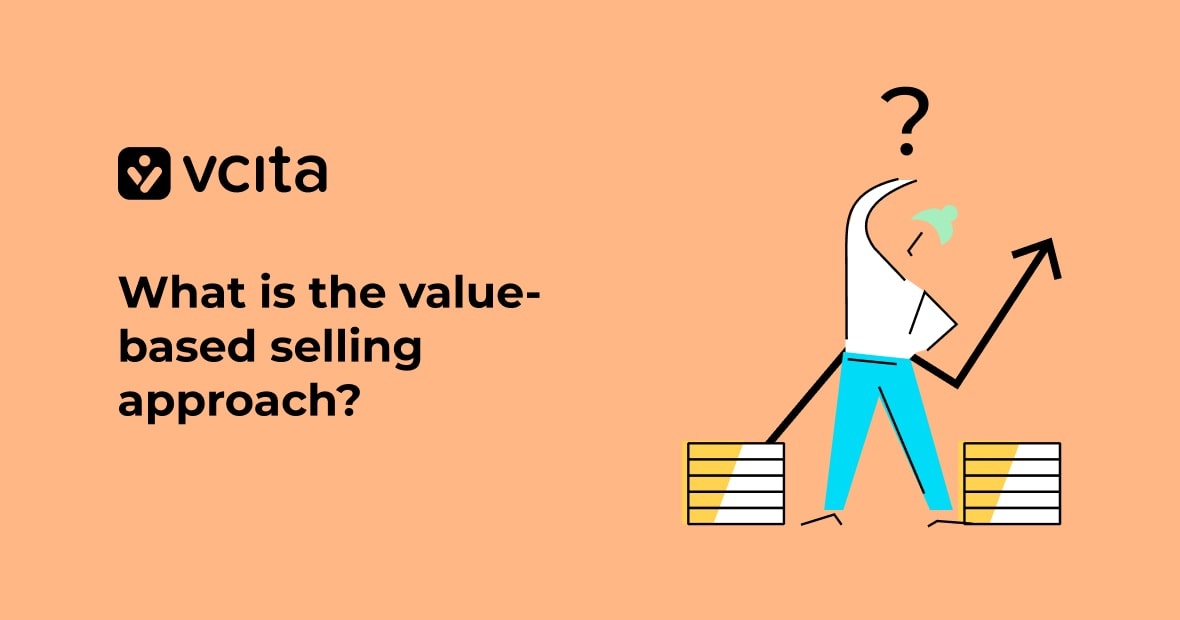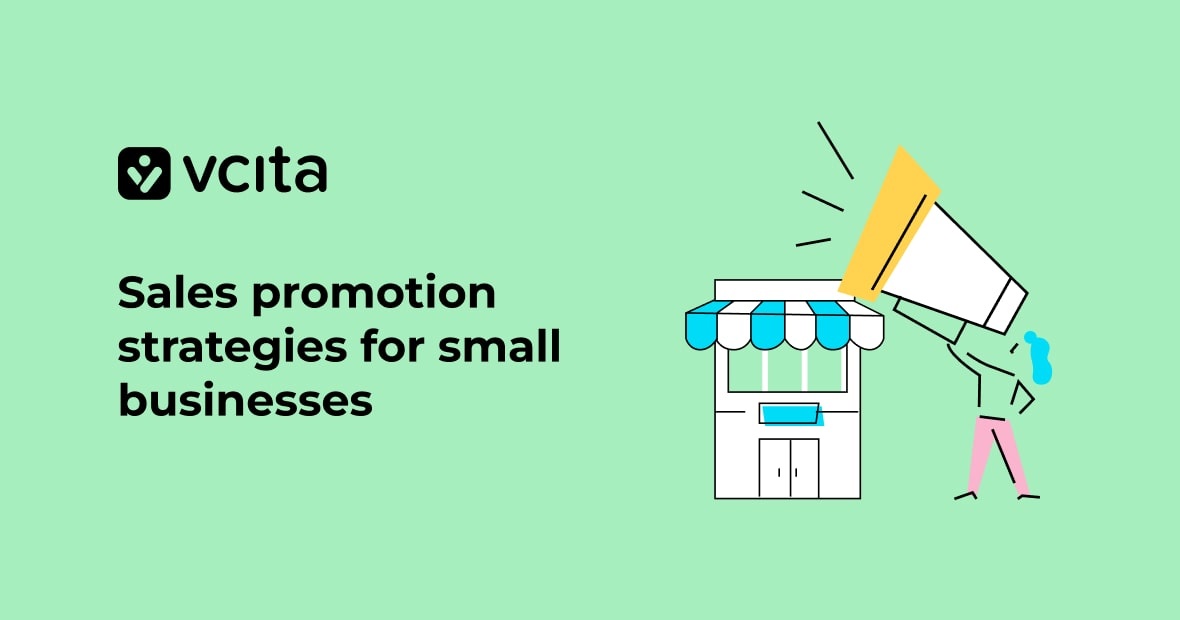Assumptive close summary:
- The assumptive close technique is a powerful and effective closing technique that helps in creating a sense of urgency and persuading customers to reconsider their decisions.
- To successfully use the technique, salespeople need to understand important elements such as the presumptive close, transition statement, secondary question, and closing phrase.
- Combining the assumptive close with other selling techniques can enhance the effectiveness of the technique and help sales reps achieve their goals.
- Mastery of the assumptive closing technique is essential for salespeople to achieve their sales goals by improving close rates and building strong relationships with potential clients.
Do you often find yourself struggling to close deals without sounding pushy? Perhaps you’re at the final stage of a sales pitch, and the customer seems uninterested, or worse, indecisive. That’s where the assumptive close comes in, a powerful technique that creates a sense of urgency and persuades the customers to rethink their decisions one last time.
The truth is, sales can be challenging, and there’s always a fine line between being assertive and coming across as aggressive. But with the right assumptions, you can steer the conversation in your favor without sounding too pushy. That’s why, in this blog, we’ll dive into how effective the assumptive close technique is and how you can use it to close more deals. We’ll also discuss a few things that you need to keep in mind to make the most out of this technique.
Whether you’re a seasoned salesperson or just starting, mastering the assumptive close technique is an essential skill for achieving your sales goals and getting ahead in the industry. So, let’s dive in and see how it can change your approach to sales.
What is the assumptive close technique?
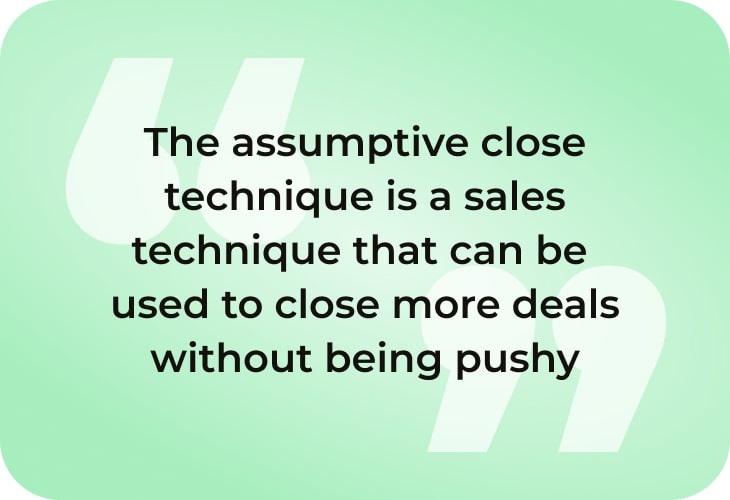
The assumptive close is a sales technique that can be used to close more deals without being pushy. It involves assuming the sale has already been made and guiding the potential customer towards it. To use the assumptive close effectively, you need to understand the customer’s needs and actively listen to them. One way to generate leads is by using lead generation and capture software, which can help you identify potential customers who are interested in your products or services.
This popular technique is used in sales to get customers to agree to a purchase. It is effective because it assumes that the customer is going to say yes, which often leads them to do just that. When using this technique, it’s important to remember that you are still dealing with a potential customer, so be sure not to push too hard.
The technique can be very effective, but it is important to remember that it should only be used when the customer is actually ready to buy.
It is important to use positive language and emphasize the benefits of the product or service rather than the features. Creating a sense of urgency is also crucial to the assumptive close. By highlighting the limited availability of the product or service, you can encourage the customer to act quickly.
Confidence is key when using the assumptive close. By being confident in your product or service, you can build trust with the customer. Remember, the assumptive close is not about being pushy, but rather guiding the customer towards making a decision that will benefit them. If you use the assumptive close correctly, you can successfully close more deals and increase your sales.
Advantages of using assumptive close
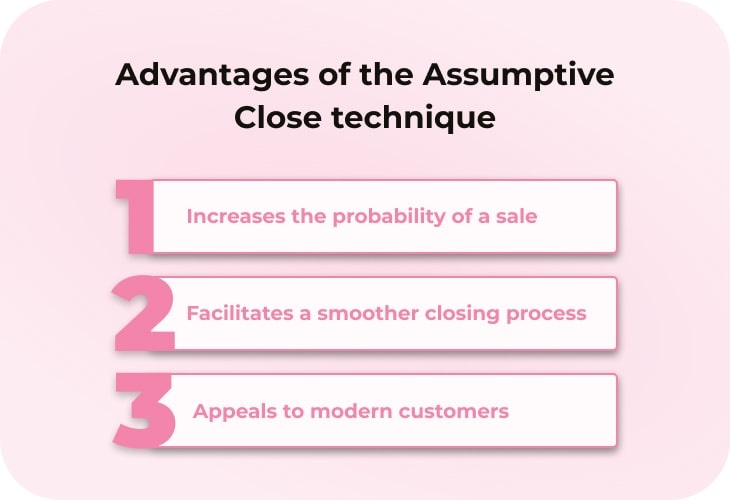
Assumptive Close is an effective technique that can significantly improve your sales success rate. The technique relies on confidence if the potential client has already made the decision to purchase your product or service. By using assumptive language in your approach, you prompt the customer to think more seriously about your offer and reconsider it one last time.
Here are a few advantages of using the assumptive close technique:
- Increases the probability of a sale: The assumptive close encourages the sales professional to communicate their confidence in the product or service they are selling. This confidence can inspire potential clients to assume a more positive mindset towards your offer, and thereby increase the likelihood of a sale.
- Facilitates a smoother closing process: Using the technique can make the closing process smoother and less pushy for both the sales professional and the potential client. The technique does not involve directly asking for the sale, but instead presents it as a given.
- Appeals to modern customers: Modern customers are wary of pushy sales tactics and feel more satisfied when their decision to purchase your product feels like it was their own choice. The assumptive closing technique achieves that by making the potential client feel like they have already made the decision and makes them more comfortable with the idea of moving forward with the purchase. Additionally, the use of social proof by providing positive feedback and testimonials from existing customers can further validate the assumptive closing technique.
Examples of assumptive close in action
In this section, we’ll explore three examples of assumptive closure in action that you can use to close your deals successfully. Remember, in all of these cases, the customer assumedly already agreed to the deal, just the terms of the deal change.
The time-based Assumptive close
This technique is for sales when the timing just needs to be agreed upon. For example, you can say “Great, let’s schedule the delivery for next Wednesday. What time works best for you?” This technique assumes that the customer has already confirmed the purchase and is only considering the timing.
The upsell assumptive close
This technique works when the customer has already bought, but is now considering additional features or upgrades. For example, you can say “Since you’re already purchasing the standard package, would you like to upgrade to the premium package for just $50 more?”.
The benefits-based assumptive close
This technique is useful for when the customer might need a gentle nudge to actually make the purchase. For example, you can say “With this product, you’ll save time and money in the long run. Are you ready to start experiencing these benefits?” The assumptive close technique can be a powerful sales technique when used correctly.. By using techniques such as the time-based, upsell, and benefits-based assumptive close, you can close deals successfully and build a stronger relationship with your customers.
Key elements of the assumptive closing technique
Here are 4 key elements that you need to keep in mind while using the assumptive close in your sales conversation.
- Transition Statement: To enter into the closing phase of the conversation smoothly, you need to use a transition statement that acts as a natural bridge between the main conversation and the closing. For instance, “Based on what you’ve said, it sounds like this product would be the perfect fit for your needs. Would you agree?”.
- Secondary Question: The second part of the technique involves framing a secondary question that assumes the customer has already decided to buy. It’s crucial to frame this question in a way that gives the customer an easy way out if they do not wish to make the purchase yet. An example would be, “Would you like to move forward with this product today?”.
- Closing Phrase: The closing phrase of the technique should be delivered confidently and directly. The statement should assume that the sale has already been made, and it must reflect in your tone too. For example, “Great, I’ll go ahead and process your order now. Thank you for choosing us!”.
- Timing: It’s essential to understand that the technique should only be used when the timing is appropriate. Forcing the sale too early or too aggressively may alienate the customer and result in the loss of the sale.
The assumptive close is one of the most effective “closing techniques” a salesperson can use to get a customer to buy a product or service. When a customer is close to making a purchase, the salesperson uses the technique to seal the deal. This technique is often used in conjunction with “foot-in-the-door” and “door-in-the-face” techniques.
The power of assumptive closing questions
Assumptive closing questions are powerful tools used by sales professionals. The effectiveness of the assumptive close depends on various factors such as the timing and context.
Here are some things to keep in mind for a successful assumptive close:
- Use assumptive closing questions sparingly
Don’t assume that every customer is ready to buy. Use assumptive closing questions only after building a solid rapport with the customer and understanding their needs and wants.
- Make sure it’s a good fit
Make sure that your offering aligns with their needs, desires, and budget. Assumptive close is effective only when the customer feels that your product/service is both relevant and valuable to them.
- Use assumptive close to get a result
Assumptive close is not a trick to manipulate the customer into buying something they don’t want. It’s a technique to get a result from the customer. Use assumptive close to close a deal that benefits both you and the customer.
- Be confident and persuasive
This technique requires confidence and persuasive skills. You need to be confident in your product/service and persuade the customer that it’s the right choice for them.
Examples of assumptive closing questions
Assumptive closing questions should be carefully crafted to fit the situation and the customer’s needs. Here are some examples of assumptive closing questions you can use:
- “How would you like to pay for your purchase today?”
- “When would you like to schedule your installation?”
- “Shall I confirm your order now and send you the details?”
- “Do you prefer the white or the black model of our product?”
Notice that these questions assume that the customer is ready to make a purchase and requires them to decide. By offering limited choices, you give the customer the impression that you’ve already taken care of everything, which can be reassuring to some.
Strategies for assumptive close
To further optimize your sales strategies, using client management software like vcita can help you organize client information, automate administrative tasks, and schedule appointments to save time and improve your overall sales process. Remember, by understanding your prospective client, tailoring your pitch, and creating urgency, you can successfully implement assumptive close to close deals and increase your sales.
Combining assumptive close with other selling techniques
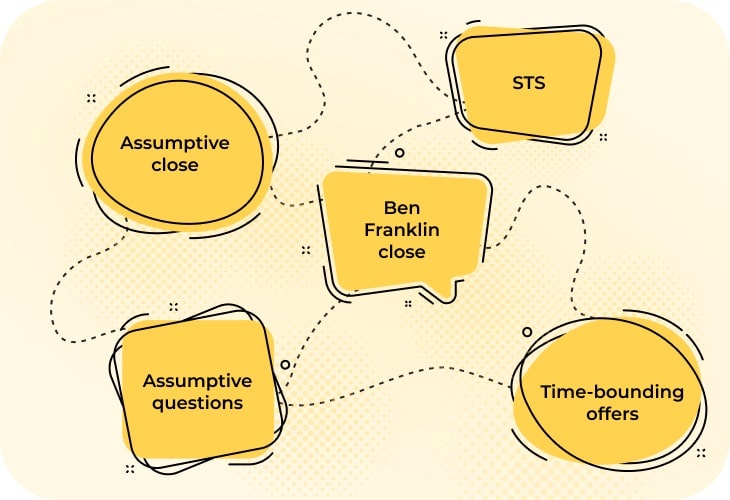
The assumptive closing technique is a great way to improve your selling skills. However, it’s important to remember that it is just one of many techniques that you should use. To really make the most out of this technique, you should combine it with other proven sales techniques such as Sales Transition Statements (STS), assumptive questions, the Ben Franklin Close, and time-bounding your offer.
An STS is a statement that helps you transition from building rapport with the customer to presenting a solution. By using an STS, you can smoothly move into the sales pitch without sounding pushy. Similar to the example above, you could say “Based on what you’ve told me so far, I believe I have just the right product to solve your problem.”
Asking assumptive questions is another great technique to use in combination with the assumptive close. By asking questions that assume that the customer is already interested in purchasing your product, you encourage them to think about how it could benefit them. For example, you could ask “Would you like us to proceed with this order?” or “When would you like us to start working on your project?”
The Ben Franklin Close is a technique that involves listing the pros and cons of a purchase. By doing this, you can help the customer see the benefits of your product and overcome any objections they may have. For example, you could say “Let’s take a moment and list out the pros and cons of moving forward with this purchase. On the pros side, we have the benefits of the product, while on the cons side, we have any concerns you may have. Which side do you feel outweighs the other?”
Finally, time-bounding your offer creates a sense of urgency and encourages the customer to act quickly. For example, you could say “If you sign up today, we can offer you a special discount for the next 24 hours.”
By combining the powerful assumptive closing technique with other selling techniques such as STS, assumptive questions, the Ben Franklin Close, and time-bounding your offer, you can increase your chances of making a successful sale. Remember, the assumptive close should not be the only technique that you rely on. Use it in combination with other techniques to get the best results.
Adding a call-to-action (CTA) to your assumptive close
A call-to-action (CTA) is a statement that encourages the customer to take a specific action. Adding a CTA to your assumptive close can increase the chances of converting the sale. Here are some examples of CTAs you can use:
– “Let’s get started today, shall we?”
– “Would you like me to take care of the paperwork for you right now?”
– “Just say the word and we’ll get your order delivered as soon as possible.”
When using a CTA, make sure it’s specific, concise, and relevant to the customer’s needs.
Start using the assumptive close technique to close more deals
The assumptive close technique can be a powerful tool in sales when used correctly. By assuming the sale and asking confirmation questions, it allows customers to reconsider their decision and can result in more successful sales. However, it is important to keep in mind the tone and timing of your approach, as well as reading your customer’s cues. With practice and skill, the assumptive close can become a useful addition to your sales arsenal. So why not try it out on your next customer interaction? Remember, asking for the sale never hurts.
























